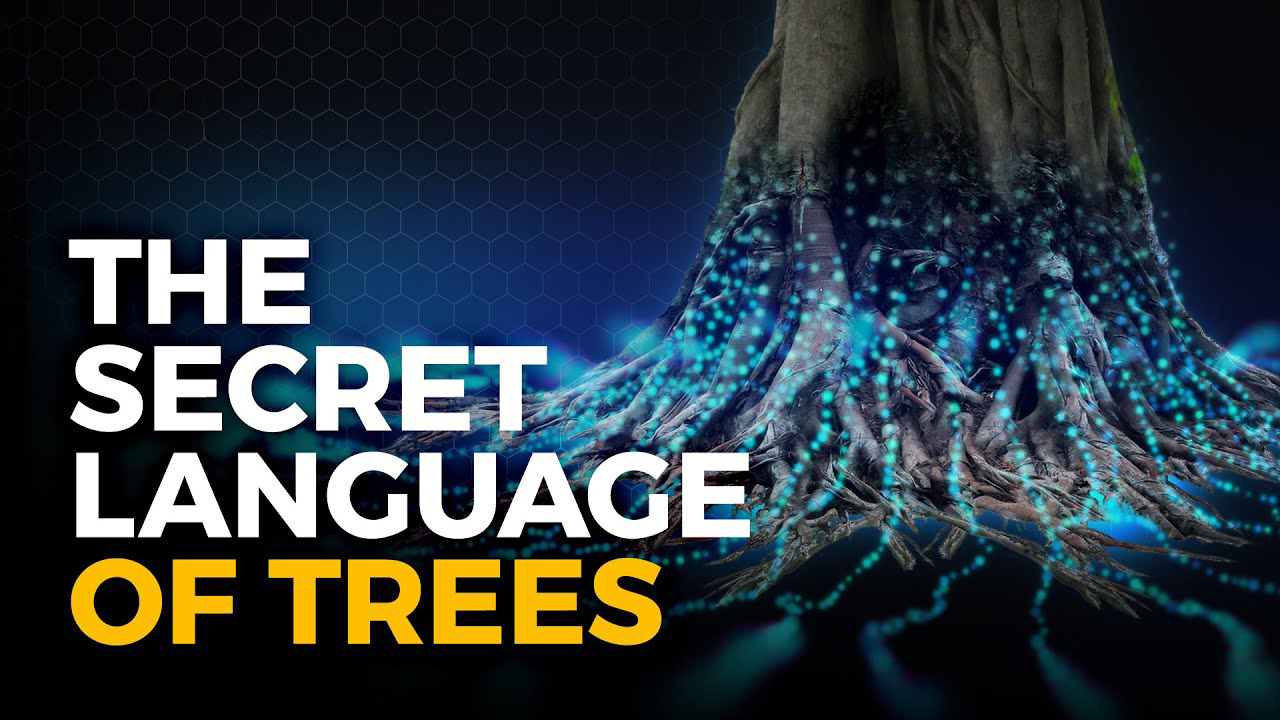Do Trees Really Talk? Unraveling the Myths of Fungal Communication
Can trees communicate with each other through an intricate network of underground fungi? A new study challenges the widely held belief that trees exchange nutrients and information through a “wooden web” beneath the forest floor.
The Origins of the Communication Theory
The concept of fungal communication, involving an underground network of fungal threads carrying nutrients and information, emerged in the late 1990s. Researchers found that sugars and nutrients could flow between trees, and some traced fungi from one tree’s roots to another, suggesting potential communication channels.
Understanding the Fungi-Tree Relationship
Fungi, including molds and yeasts, cannot produce their own food through photosynthesis. Instead, they form a symbiotic relationship with trees and other plants, exchanging nutrients and water for food products. This led to the idea of a “wooden web” connecting tree roots, but the scientific evidence for this concept remains unproven.
Challenging the Mycorrhizal Network Theory
A team of researchers from the University of Alberta, the University of British Columbia, and the University of Mississippi analyzed over 1,500 scientific articles on common mycorrhizal networks (CMNs) that link the roots of multiple plants. Publishing their findings in Nature Ecology & Evolution, they questioned three popular claims about CMNs’ abilities.
Biologist Justine Karst explains that while CMN research has generated interest in forest fungi, many popular ideas are not backed by solid science.
The Problem with Unsupported Claims
The researchers found that unsupported claims about fungal networks’ benefits have doubled in the past 25 years. Their analysis revealed that there is almost equal evidence for CMNs helping, harming, or having no effect on seedlings.
The scientists acknowledge that some of these unsupported claims come from their own previous publications, noting that such unsubstantiated assertions can distort the public’s understanding of CMNs and affect forest management decisions.
The Importance of Accurate Information
Distorting the science behind CMNs can lead to misguided forest management practices and erode public trust in science, warns Karst. Only five studies have been conducted in two types of forests, covering just two of the estimated 73,300 tree species worldwide. Additionally, these studies cannot prove the permanence of fungal connections.
As researchers continue to investigate the complex relationship between trees and fungi, a clearer understanding of the reality behind the “wooden web” will emerge.
📚📖 Make sure to join Ancient Library on Telegram, and become part of a unique group 👉🏻 https://t.me/theancientlibrary
I am the Librarian, and I, together with the guardians of the Ancient Library, curate content for this site. Welcome, and enjoy your stay.
-
The Librarianhttps://ancient-library.com/author/ivan/
-
The Librarianhttps://ancient-library.com/author/ivan/
-
The Librarianhttps://ancient-library.com/author/ivan/
-
The Librarianhttps://ancient-library.com/author/ivan/





